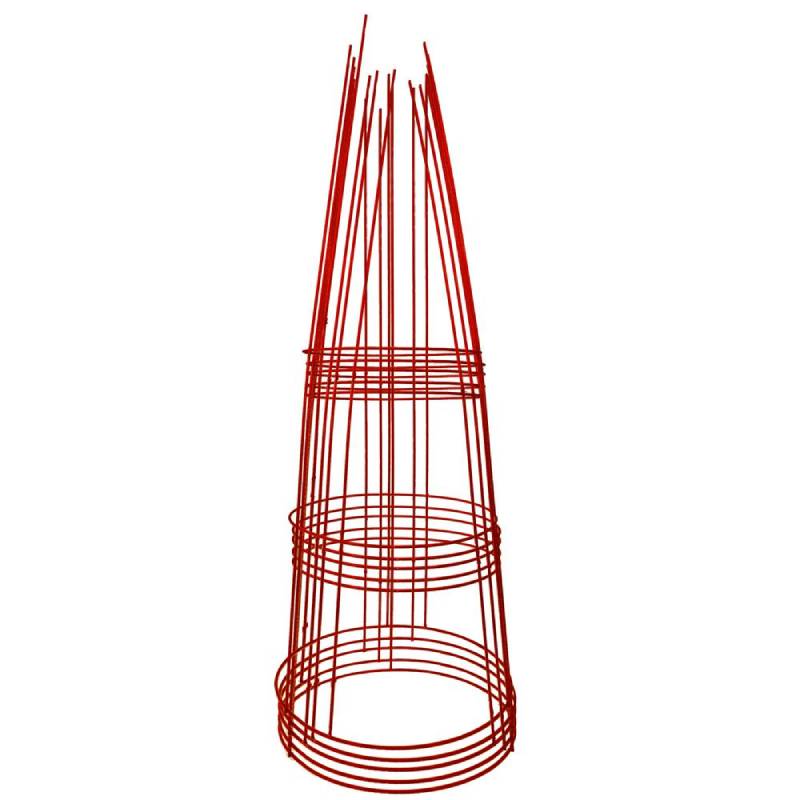
- Mobile Phone
- +8613931874955
- sales@cntcmetal.com
stubby brick ties
The Versatility of Stubby Brick Ties in Construction
In the realm of construction and masonry, the importance of durable and reliable materials cannot be overstated. Among these materials, stubby brick ties play a crucial role in ensuring the stability and integrity of brick structures. Understanding what stubby brick ties are, their applications, benefits, and installation processes is essential for both construction professionals and DIY enthusiasts alike.
What Are Stubby Brick Ties?
Stubby brick ties are short, robust metal connectors used to secure brick veneer to the structural walls behind them. Typically made from galvanized steel or stainless steel, these ties are engineered to resist corrosion, providing long-lasting support in various environmental conditions. The term stubby emphasizes their compact size in contrast to standard brick ties, making them ideal in situations where space is limited or where additional length is unnecessary.
Applications of Stubby Brick Ties
Stubby brick ties are primarily used in brick veneer applications, where bricks are not a load-bearing element but rather a decorative facade. These ties anchor the veneer to a backup wall, typically made of wood, steel, or concrete blocks. They are essential for ensuring that the bricks do not detach or become loose over time, which could lead to structural failures or aesthetic issues.
Moreover, stubby brick ties are beneficial in retrofitting projects where existing brick structures need reinforcement. Their short length makes them easier to install in tight spaces and can facilitate repairs without extensive damage to the existing facade.
Benefits of Stubby Brick Ties
One of the primary benefits of stubby brick ties is their ability to provide consistent support while minimizing the amount of wall space they occupy. This is particularly advantageous in renovations or historic preservations where maintaining the original appearance is crucial. Additionally, their compact design reduces the risk of thermal bridging, which can improve energy efficiency in buildings.
Another significant advantage is the ease of installation. Stubby brick ties often come with pre-drilled holes, allowing for quick fastening. Their lightweight nature makes handling straightforward, contributing to shorter construction timelines and reduced labor costs.
stubby brick ties

Durability is another hallmark of stubby brick ties
. Designed to withstand the elements, these ties resist rust and corrosion, ensuring they can maintain structural integrity for years. This durability reduces the need for frequent inspections or replacements, providing peace of mind for homeowners and builders alike.Installation Process
The installation of stubby brick ties requires careful planning and execution. Typically, they are installed vertically at specified intervals, depending on local building codes and the size of the brick veneer. Here is a simplified installation process
1. Preparation Ensure that the backup wall is clean and clear of any debris. Assess the wall to determine the appropriate spacing for the ties. 2. Marking Use a level to mark the spots where the stubby brick ties will be installed. Common spacing includes every 16 inches vertically and every 24 inches horizontally, but this can vary based on structural requirements.
3. Drilling Drill holes into the backup wall at the marked spots to accommodate the ties.
4. Securing the Ties Insert the stubby brick ties into the drilled holes, ensuring they are level and properly aligned. Fasten them securely using screws or masonry anchors, following manufacturer's recommendations.
5. Brick Installation Once the ties are in place, proceed with the brick installation, ensuring that each brick is properly connected to the ties for maximum support.
Conclusion
Stubby brick ties are essential components in modern construction, particularly in brick veneer applications. Their compact design, ease of installation, and exceptional durability make them a preferred choice for builders looking to enhance the stability of their projects. Whether you are embarking on a new construction venture or undertaking repairs on an existing structure, understanding the role of stubby brick ties can significantly contribute to the overall integrity and safety of your building. As the construction industry continues to evolve, these small yet mighty components will remain vital in achieving reliable and aesthetically pleasing masonry.
share:
-
Why Sacrificial Formwork Is Redefining Underground ConstructionNewsJun.06,2025
-
The Structural Dynamics of Modern Concrete: How Snake Spacers Revolutionize Flexible ReinforcementNewsJun.06,2025
-
Snake Spacers Smart-Lock Concrete Reinforcement with Surgical PrecisionNewsJun.06,2025
-
Snake Spacers: Reinforcement Precision for Modern Concrete ProjectsNewsJun.06,2025
-
Snake Spacers Powering Concrete's Structural DNANewsJun.06,2025
-
Slither into Success: Snake Spacers' Precision Bite for Unbreakable ReinforcementNewsJun.06,2025
-
Sacrificial Formwork: Building Stronger, Faster, and Safer StructuresNewsJun.06,2025



















